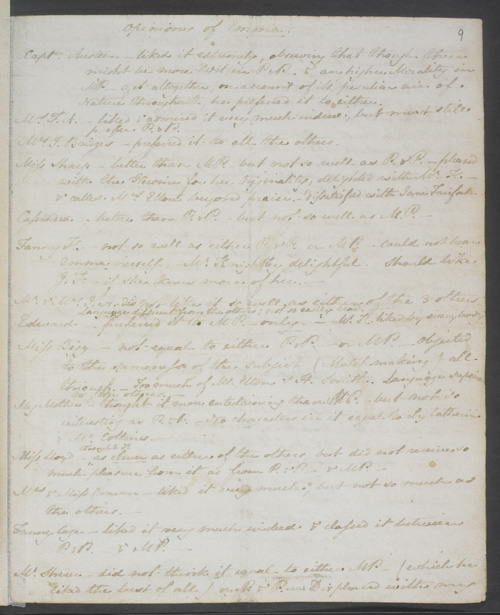As we mentioned in our last post of 2015, one of our readers, Sarah Emsley, offered us the perfect opportunity to re-read Jane Austen’s novel, Emma, for her online celebration of the bicentenary of its publication.
You can see our post about the role of female friendship in the novel as part of the Emma in the Snow celebrations on Sarah’s site.
This gave us the idea to record a conversation about Emma to post on here. We ended up talking about the role of female friendship in the novel, and our different responses to this theme on first reading the book and on re-visiting it now. Our discussion also took us into the territory of Jane Austen’s own life and the female friendships she established off the page.
We do hope that some of you also took the opportunity to re-read Emma exactly two hundred years since the very first readers got their hands on the published book.
Jane Austen jotted down the opinions of her nearest and dearest, so you can read what Anne Sharp and others had to say about it here:

Please do share your thoughts with us by using the comment facility below.
Activity
We enjoyed this so much that we have decided to share more literary conversations about female friendship over the coming months. In January, we are challenging ourselves to read The Absentee – a novel by Maria Edgeworth, which we believe Jane Austen enjoyed discussing with her governess and amateur playwright friend, Anne Sharp.
We’ll post up our conversation at the beginning of February and we do hope that some of you will choose to read along with us.

